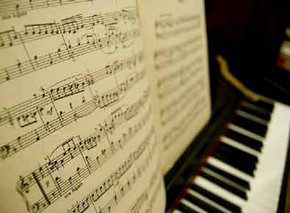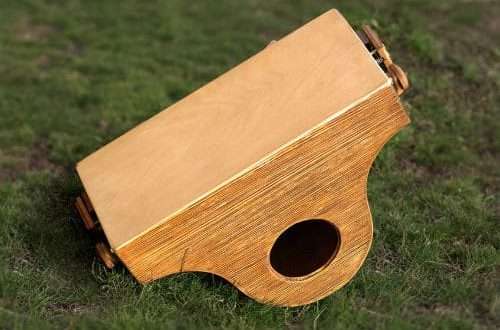
Piano performance: a brief history of the issue
Contents
 The history of professional musical performance began in those days when the first piece of music written down in notes appeared. Performance is the result of the two-way activity of the composer, who expresses his thoughts through music, and the performer, who brings the author’s creation to life.
The history of professional musical performance began in those days when the first piece of music written down in notes appeared. Performance is the result of the two-way activity of the composer, who expresses his thoughts through music, and the performer, who brings the author’s creation to life.
The process of performing music is full of secrets and mysteries. In any musical interpretation, two tendencies are friends and compete: the desire for pure expression of the composer’s idea and the desire for complete self-expression of the virtuoso player. The victory of one tendency inexorably leads to the defeat of both – such a paradox!
Let’s take a fascinating journey into the history of the piano and piano performance and try to trace how the author and performer interacted over the eras and centuries.
XVII-XVIII centuries: Baroque and early classicism
In the times of Bach, Scarlatti, Couperin, and Handel, the relationship between performer and composer was almost co-authorship. The performer had unlimited freedom. The musical text could be supplemented with all sorts of melismas, fermatas, and variations. The harpsichord with two manuals was used mercilessly. The pitch of the bass lines and melody was changed as desired. Raising or lowering this or that part by an octave was a matter of norm.
Composers, relying on the virtuosity of the interpreter, did not even bother to compose. Having signed off with a digital bass, they entrusted the composition to the will of the performer. The tradition of free prelude still lives in echoes in the virtuoso cadenzas of classical concertos for solo instruments. Such a free relationship between composer and performer to this day leaves the mystery of Baroque music unsolved.
Late 18th century
A breakthrough in piano performance was the appearance of the grand piano. With the advent of the “king of all instruments,” the era of virtuoso style began.
L. Beethoven brought all the strength and power of his genius onto the instrument. The composer’s 32 sonatas are a true evolution of the piano. If Mozart and Haydn still heard orchestral instruments and operatic coloraturas in the piano, then Beethoven heard the piano. It was Beethoven who wanted his Piano to sound the way Beethoven wanted. Nuances and dynamic shades appeared in the notes, marked by the author’s hand.
By the 1820s, a galaxy of performers had emerged, such as F. Kalkbrenner, D. Steibelt, who, when playing the piano, valued virtuosity, shockingness, and sensationalism above all else. The rattling of all sorts of instrument effects, in their opinion, was the main thing. For self-show, competitions of virtuosos were organized. F. Liszt aptly nicknamed such performers “the brotherhood of piano acrobats.”
Romantic 19th century
In the 19th century, empty virtuosity gave way to romantic self-expression. Composers and performers at the same time: Schumann, Chopin, Mendelssohn, Liszt, Berlioz, Grieg, Saint-Saens, Brahms – brought music to a new level. The piano became a means of confessing the soul. The feelings expressed through music were recorded in detail, meticulously and selflessly. Such feelings began to require careful handling. The musical text has become almost a shrine.
Gradually, the art of mastering the author’s musical text and the art of editing notes appeared. Many composers considered it a duty and a matter of honor to edit the works of geniuses of bygone eras. It was thanks to F. Mendelssohn that the world learned the name of J. S. Bach.
The 20th century is a century of great achievements
In the 20th century, composers turned the performance process towards unquestioning worship of the musical text and the composer’s intention. Ravel, Stravinsky, Medtner, Debussy not only printed in detail any nuance in the scores, but also published threatening statements in periodicals about unscrupulous performers who distorted the author’s great notes. In turn, the performers angrily asserted that interpretation cannot become a cliche, this is art!
The history of piano performance has undergone a lot, but such names as S. Richter, K. Igumnov, G. Ginzburg, G. Neuhaus, M. Yudina, L. Oborin, M. Pletnev, D. Matsuev and others have proven with their creativity that between There can be no rivalry between composer and performer. Both serve the same thing – Her Majesty Music.




